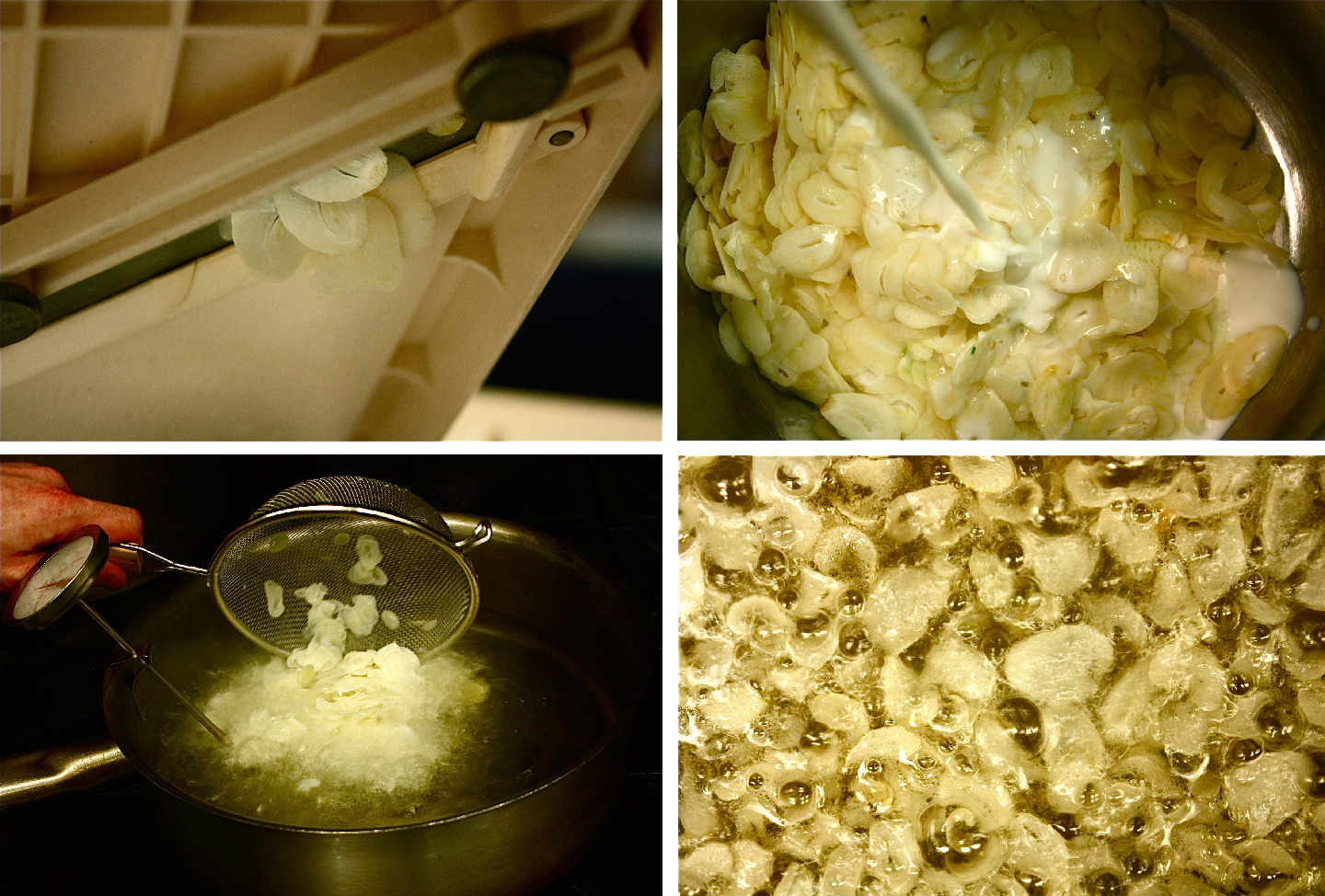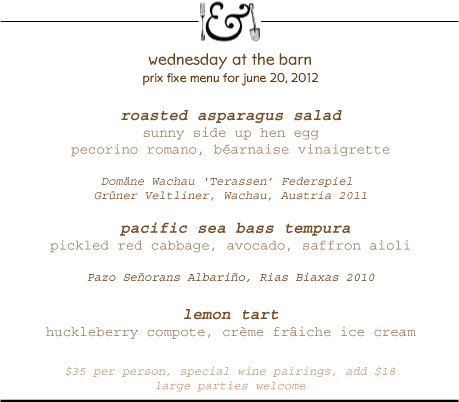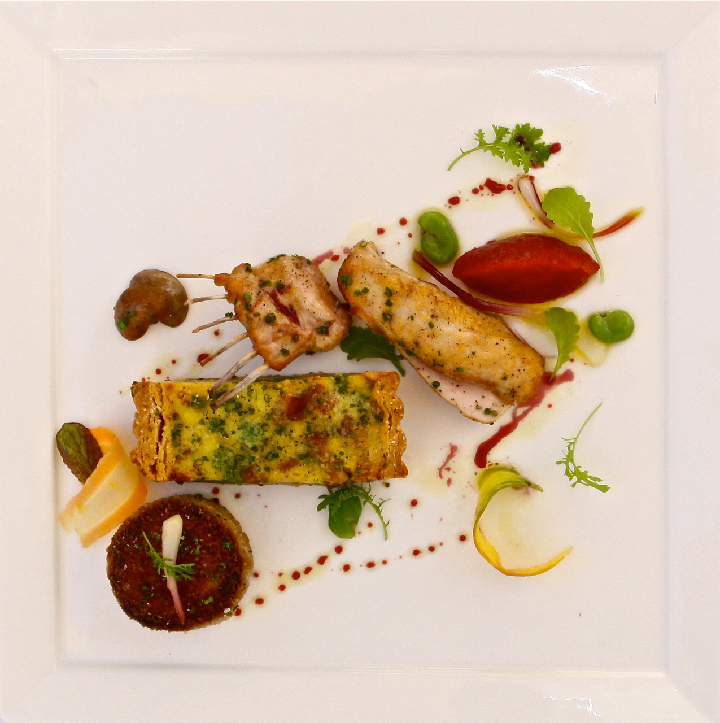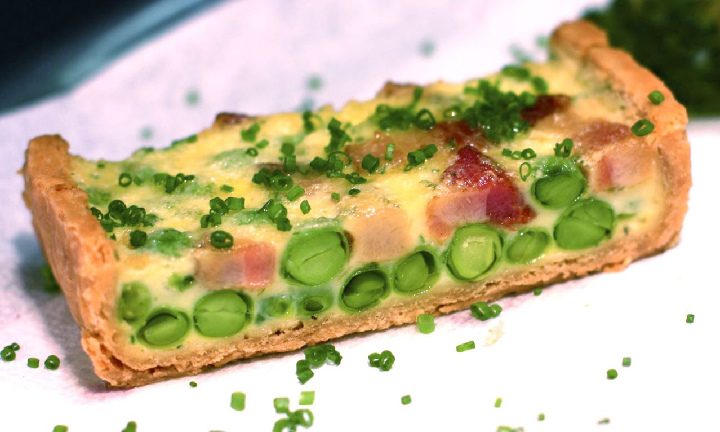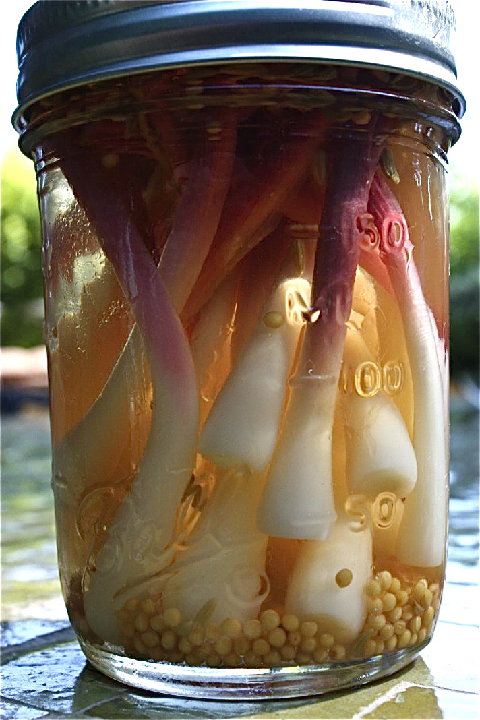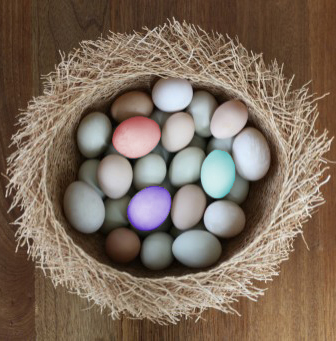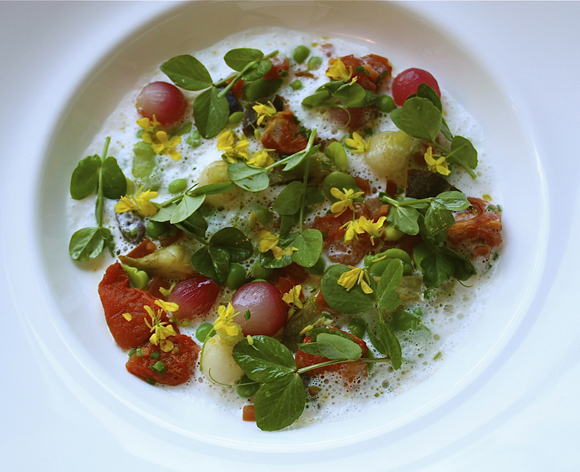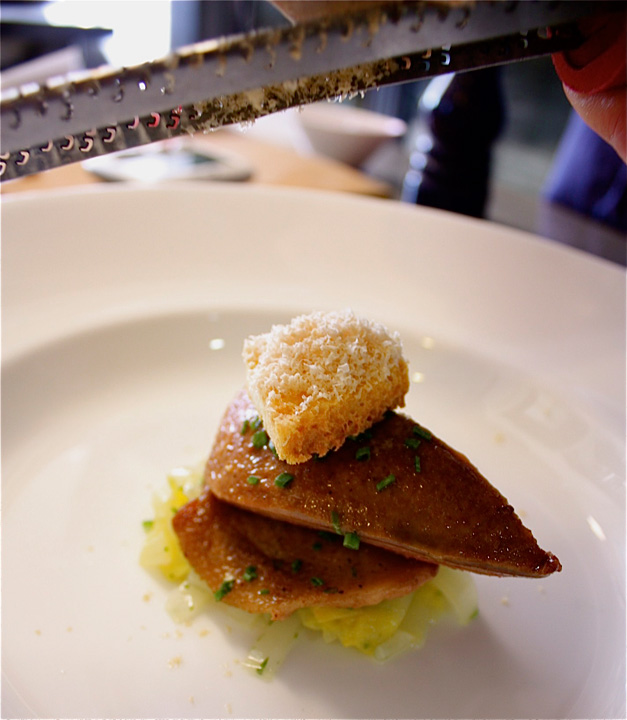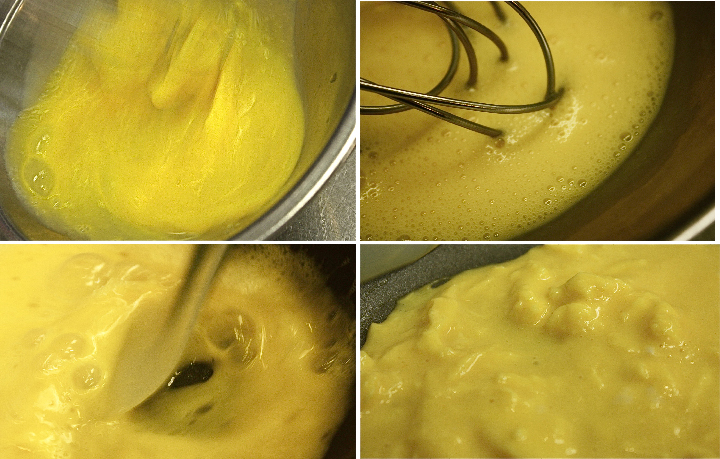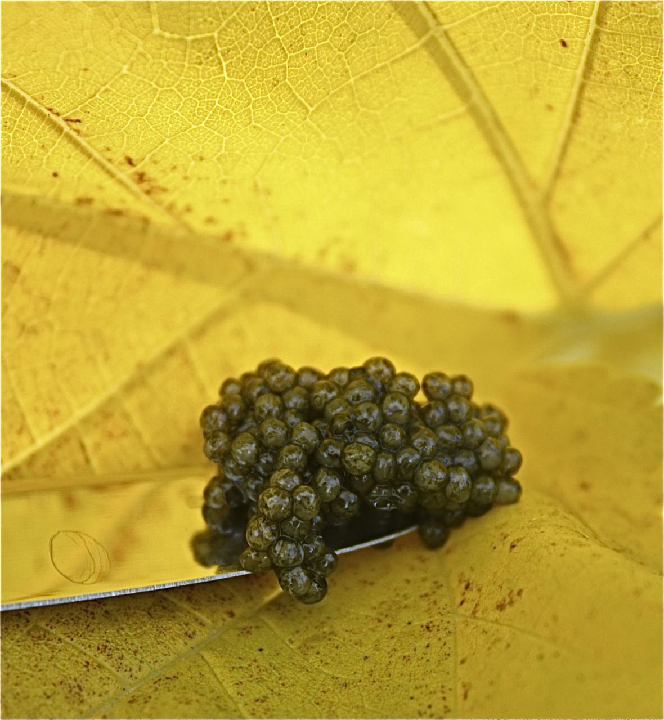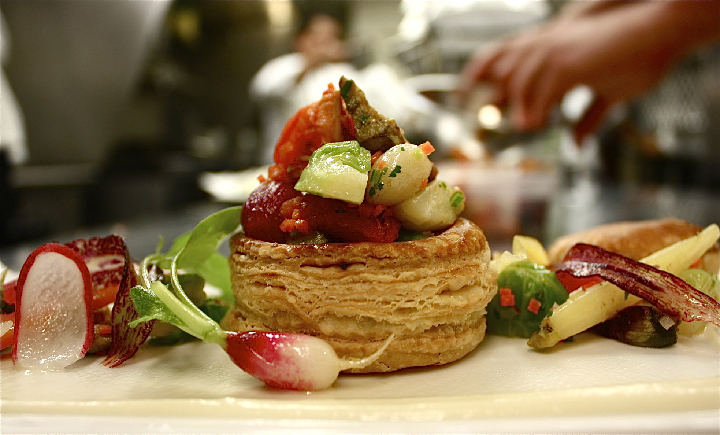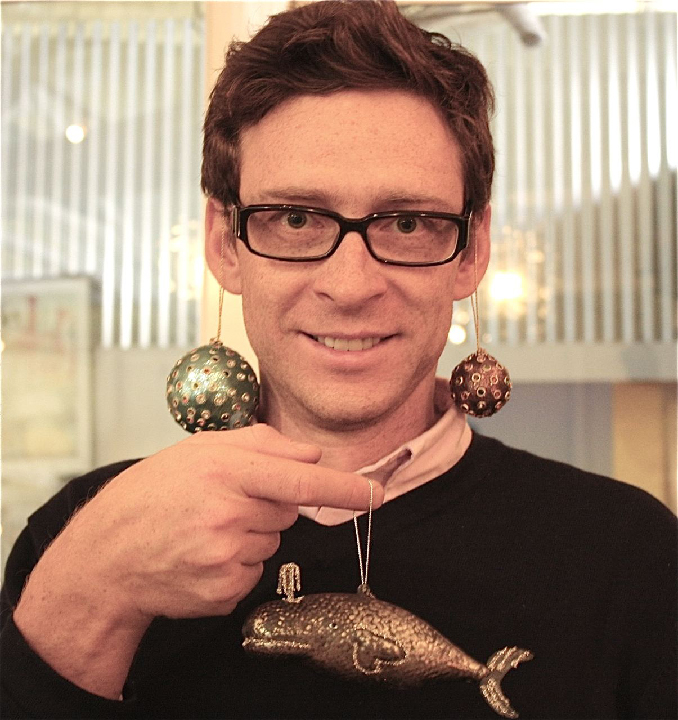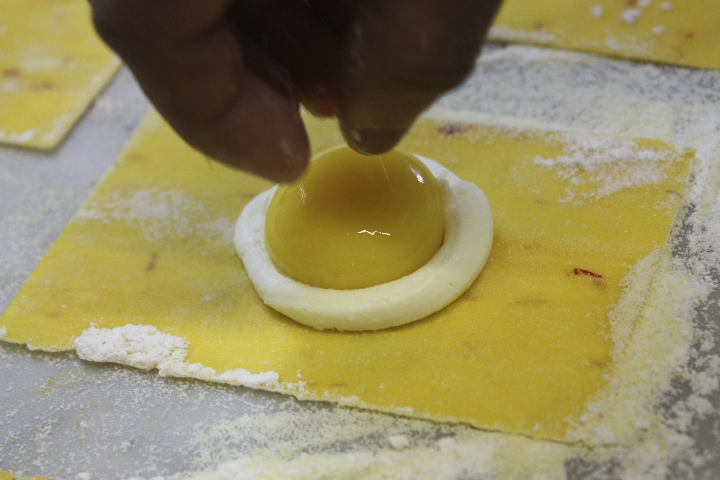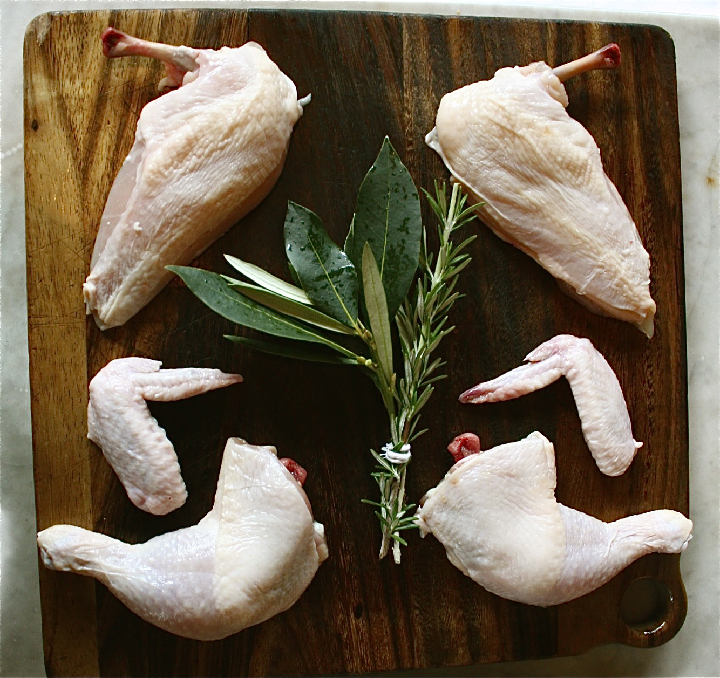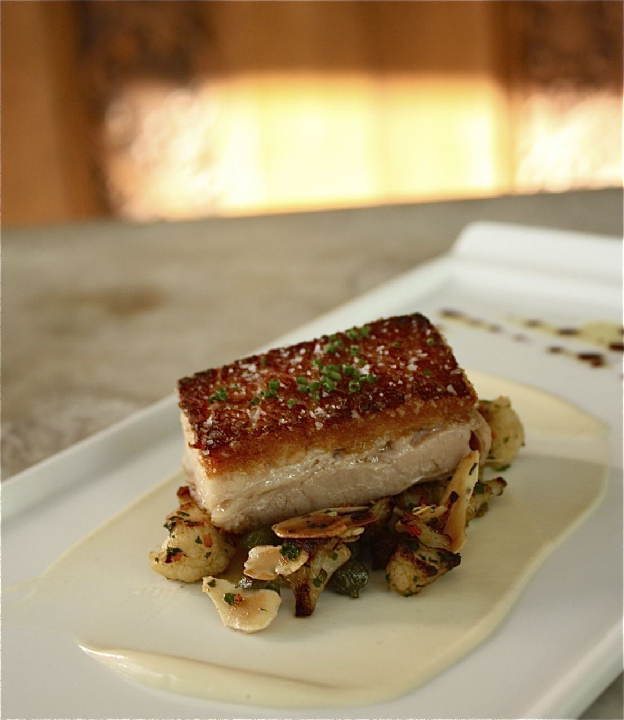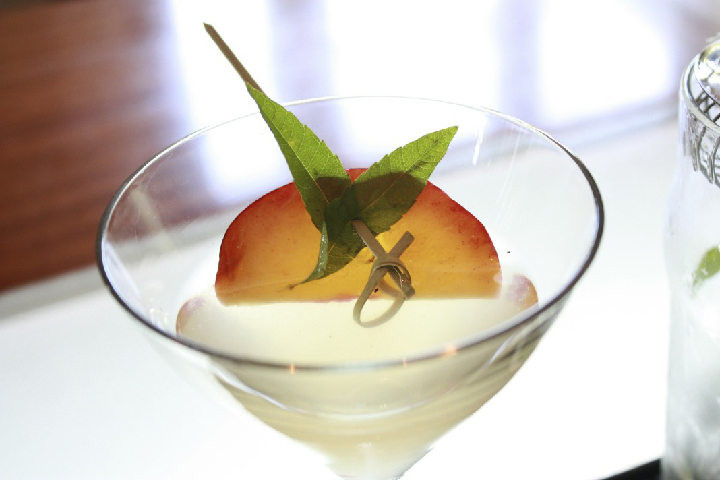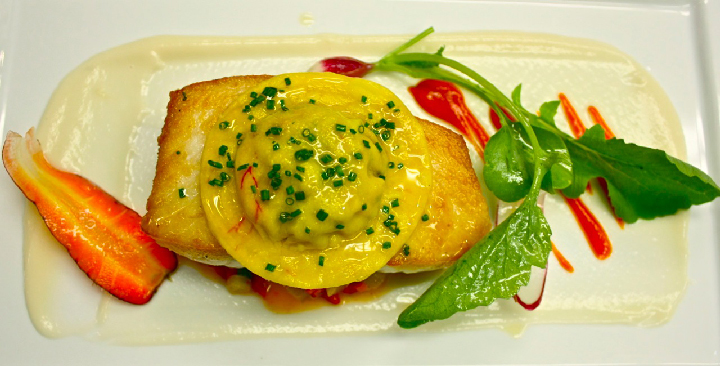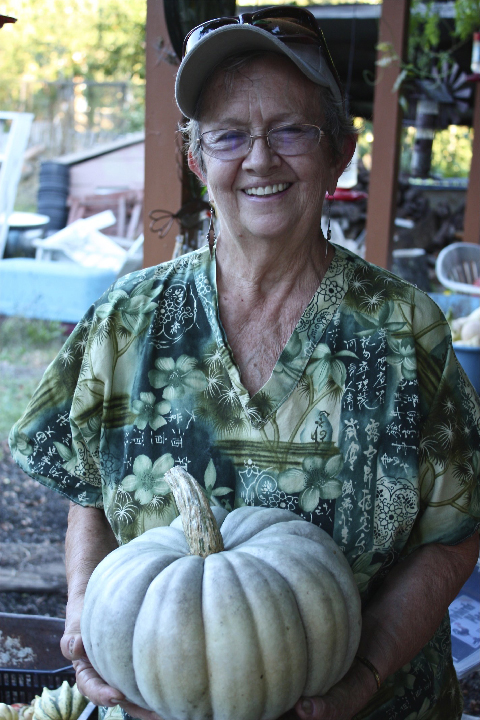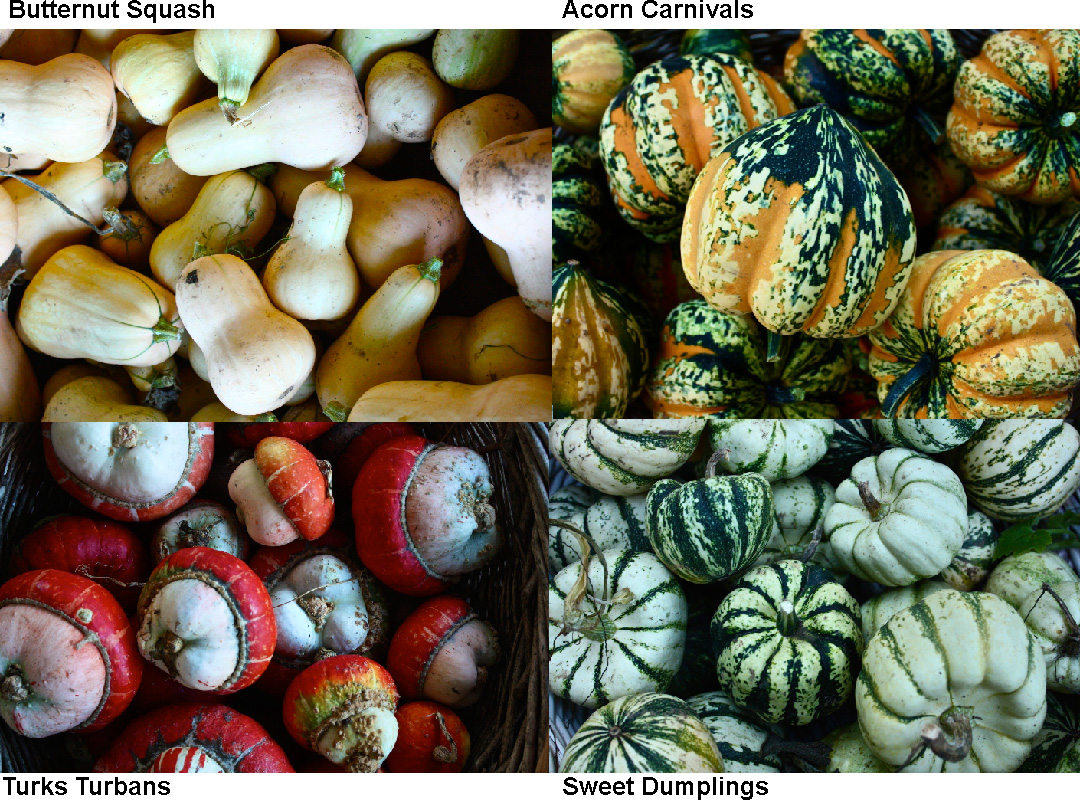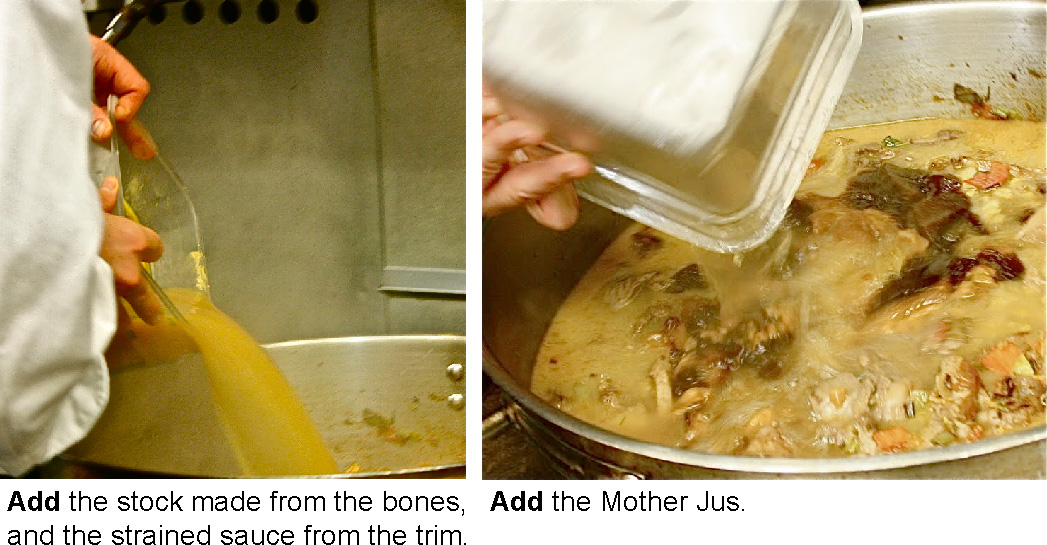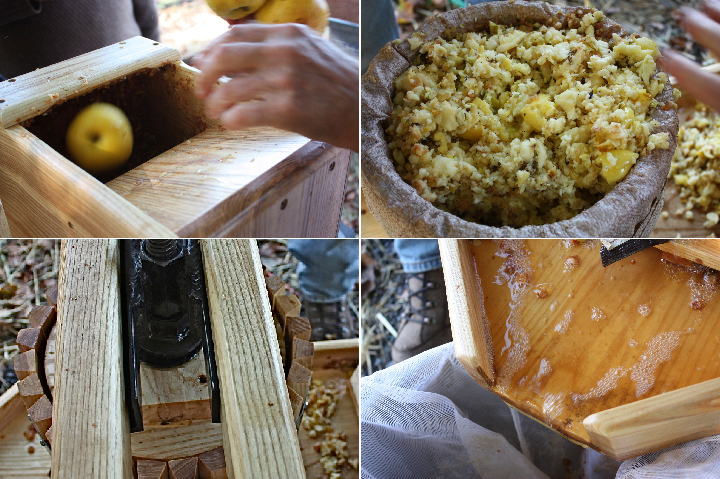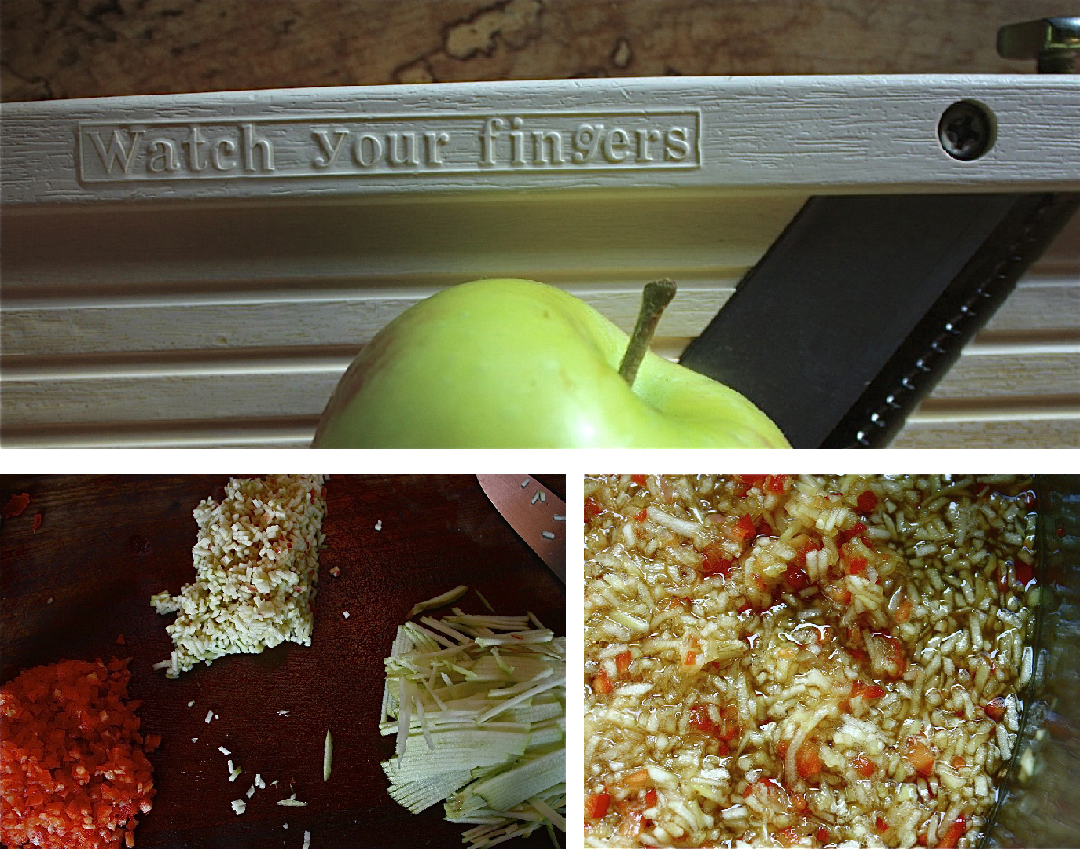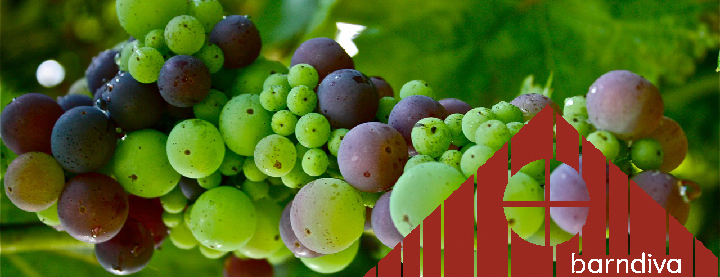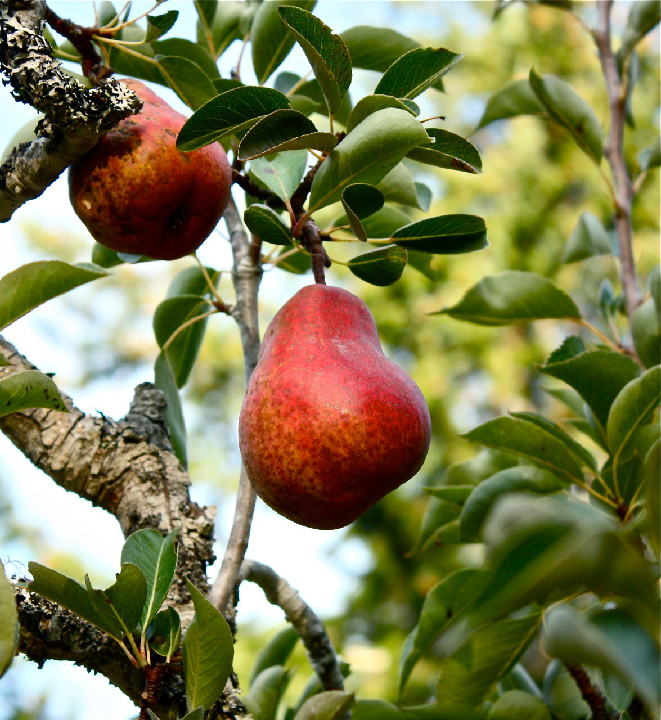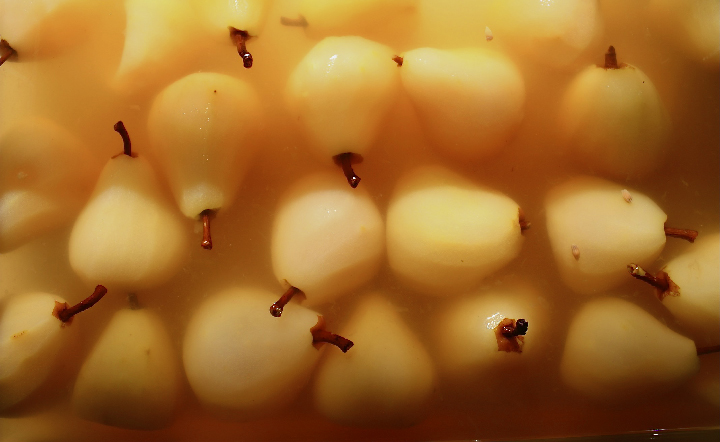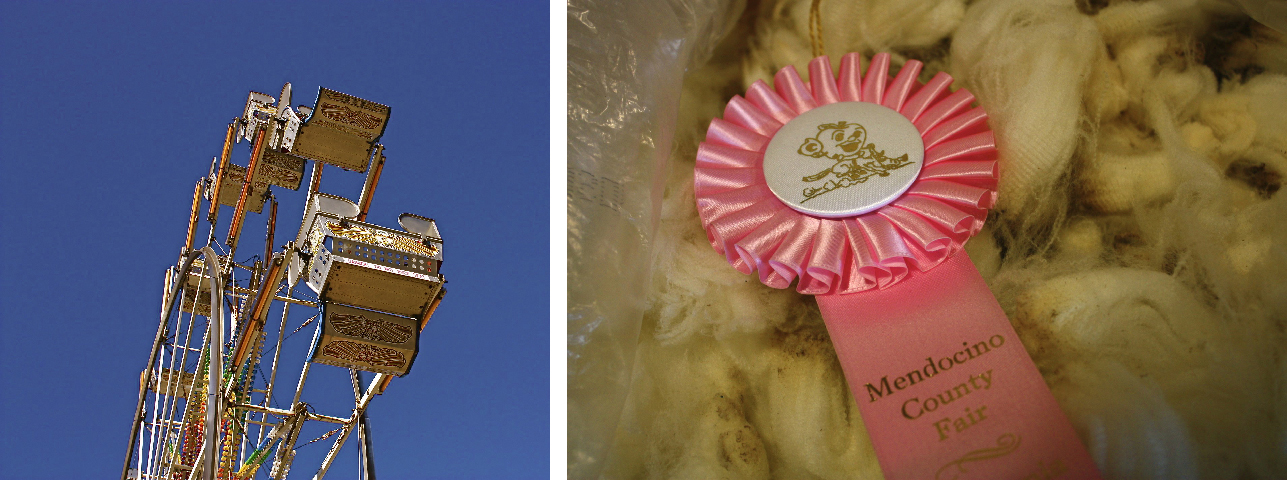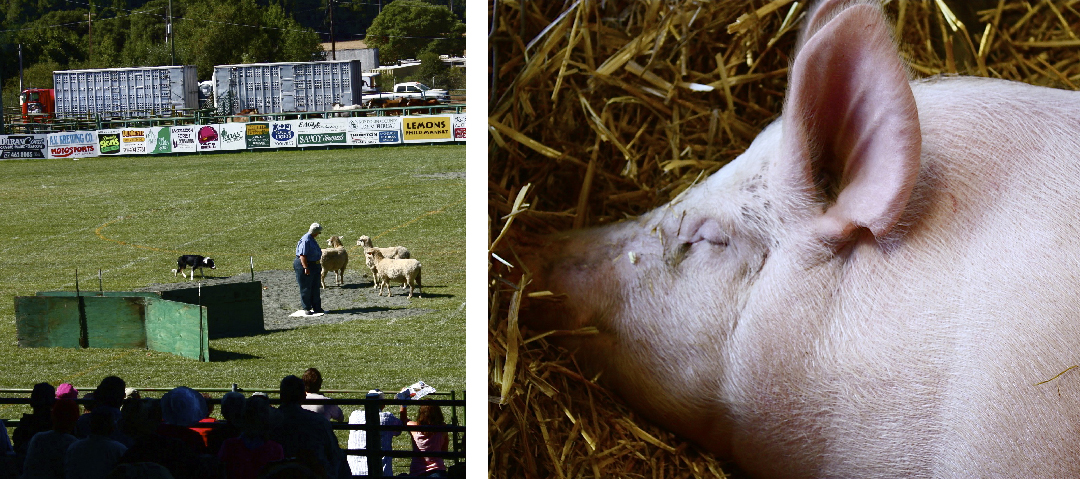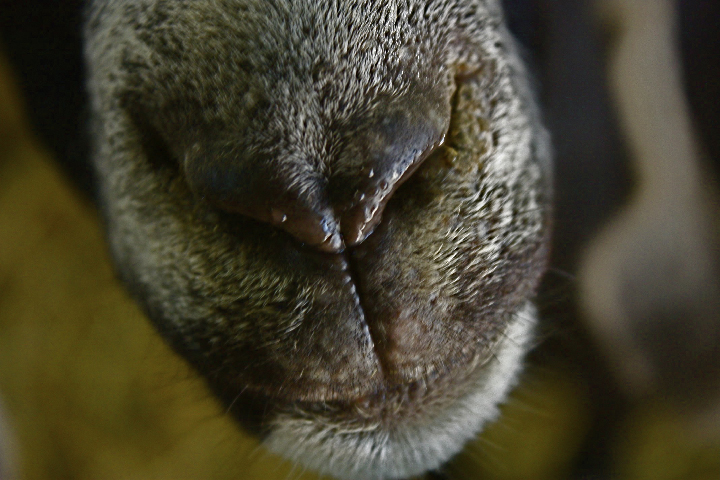Dish of the Week
Bernier Farms Garlic Chips with Frog Hollow Peaches, Crispy Polenta & Prosciutto Wrapped Asparagus Tips
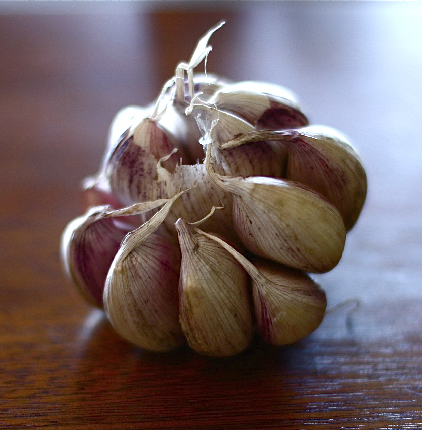 While I am sure there are chefs who manage it, I can’t envision a food life that didn’t rely heavily on the genus allium ~ onions, shallots, leeks, chives, scallions, ramps ~ and somewhere at the top of the heap, the mighty garlic. Garlic is beautiful, its aroma dead sexy when it hits the pan, but with flavor both intriguing and willful, it can quickly overwhelm a dish if you don’t learn how to dance with it.
While I am sure there are chefs who manage it, I can’t envision a food life that didn’t rely heavily on the genus allium ~ onions, shallots, leeks, chives, scallions, ramps ~ and somewhere at the top of the heap, the mighty garlic. Garlic is beautiful, its aroma dead sexy when it hits the pan, but with flavor both intriguing and willful, it can quickly overwhelm a dish if you don’t learn how to dance with it.
The usual fall back for home cooks if not using it raw in a pesto is to sauté it, which lends a nice bitterness that is especially compatible to dishes that also boast bright acidity (think Mediterranean). But sautéing doesn’t let you explore the surprising nuances you can get from Allium sativum, which can range from sweet to floral should you poach, dehydrate, pickle or confit it. The secret to extending its flavor bandwidth is to use a preparation that circumvents the breakdown of sulphur which sleeps in the plant's cells, waking with a vengeance when you lift your knife to crush or chop it. It’s the sulphur that gives you garlic breath (and sometimes heartburn) but it’s there for a good reason ~ as a highly effective defense against birds and animals eating the bulbs as they grow.
Our garlic chips don’t shout garlic, they are so light and delicate they melt in the mouth before most diners even register what they are. Takes a bit of work to make them, but boy, are they wonderful.
Good sized cloves like the ones you can find at the Bernier stand at the Healdsburg Farmer's Market (see below) are peeled and sliced on the mandolin until they are semi- transparent. Then we poach them slowly in milk ~ three times. Each successive poaching leaches out more of the sulphur. The final step is to deep fry them in a skillet with enough room so they don’t stick together. A furious bubbling cauldron will ensue when they first hit the heat (250°-300°) as the last bit of moisture is expelled from the softened milky slices, but it quickly subsides as the chips turn a burnished chanterelle gold. Drained on paper, finished with Maldon salt, they have a sweet nutty crunch that sends them to the pantheon of condiments. Stored in an airtight container, they will even keep for days. Happily, ours don't last that long.
For the next few weeks you can savor Ryan's garlic chips discreetly paired with Frog Hollow peaches on crispy polenta alongside a few tips of prosciutto wrapped asparagus ~ part of a gratifying pork entrée ~ but you may also order them off the menu as a starter, as shown here on a swath of basil coulis. Take note however: this incandescent pairing with peaches won’t be around much longer as the menu moves from the stone fruits of early summer into the heart of August.
Yael Bernier's 15 shades of garlic...
The undisputed queen of garlic in Healdsburg is Yael Bernier ~ an opinion I'm confident is shared by the thousands of fans that flock to her stand at the Healdsburg Farmer's Market each summer.
Last week I was lucky to be invited out to the barn where she dries her covetable bulbs, spending a delirious two hours in a fine de siècle light that put me in mind of Robert Altman's under appreciated masterpiece, McCabe & Mrs. Miller. I forgot my tripod so these images don't do justice to what I saw ~ except for a few shards of sunlight that managed to break through the cracks in the barn wall, it was pretty dark in there. As the temperature broke 100° outside a fine dry dust permeated the air, redolent of soil and warm wood, a hint of eau de diesel. Barns have a certain magical energy when they've been used for root storage over the years.
Yael, who farms with her son Zureal and husband Paul in several locations in the Dry Creek and Alexander Valleys, grows 15 varieties (she also sells as seed), five of which were drying on that day: Northern Italian Red, Italian Red Rocambole, Spanish Roja, China Stripe and Siberian. They don't come cheap ~ from $1.50 - $2 a head ~ but they are worth every cent, a perfect example of getting what you pay for when you know the who, what, where of what you eat. Towards that end, if you live in Sonoma County, check out Michele Anna Jordan's wonderful weekly Farmer's Market blog ~ Eat This Now ~ in the Press Democrat.
Bernier has a website ~ www.bernierfarms.com ~ but FYI for all you chefs who may be reading this ~ she sells her entire range of excellent produce to restaurants.
Eat the View.
All text Jil Hales. All photos Jil Hales (unless otherwise noted.)




